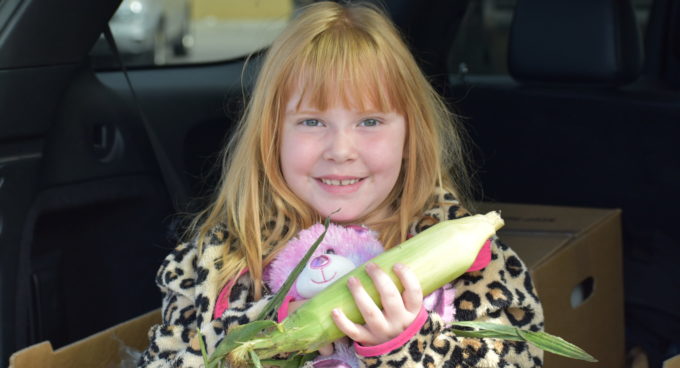
Zakkeeas visiting a food pantry.
As the coronavirus pandemic drags on, another pandemic is also continuing to disrupt the health and well-being of communities across the United States: hunger.
In rural areas of the nation – the very places that produce much of the food eaten in the U.S. and abroad – hunger hits especially hard. Fortunately, federal food programs like The Emergency Food Assistance Program (TEFAP) are running to ensure our rural neighbors, and others in need, don’t have to face empty pantries and fridges.
Here are three facts you should know about the role TEFAP plays in helping rural communities weather the country’s hunger crisis.



